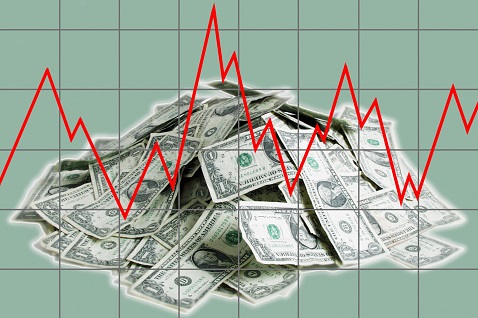Markets await the European Central Bank rate decision today, with many economists expecting that the central bank will induce one of the largest ever rate hikes and follow the Fed’s recent path.
A 75-basis point from the ECB hike is almost a done deal and talks of quantitative tightening are unlikely given the increased macro-economic risks facing the Eurozone economy.
The central is also unlikely to start actively selling bonds it holds, to start the process of Q quantitative tightening. But it clearly wants to mop up liquidity in the coming months.
ECB President Christine Lagarde recently mentioned that the central bank will look to end the reinvestments under the Asset Purchase Programme when interest rates are neutral.
As things stand, this is still months away, but if the ECB signals it is going to stop reinvestments and APP, then this could be seen as a hawkish surprise and the euro currency could push even higher this week.
It is also noteworthy that the European Central Bank of President Christine Lagarde could surprise the market is through jawboning the EURUSD higher.
Given that the weakening euro, more and more inflation is being imported to the Eurozone, the central bank would prefer if the EURUSD was much higher right now. However, without action, verbal intervention is unlikely to work on a sustainable basis.
While the recent weakening of energy prices and mild weather across the Eurozone is a welcome sign, this has already helped to soothe investor nerves a little with stocks and euro both bouncing off their lows.
However, the economic situation in the eurozone economy remains dire and the latest macro data continue to paint a grim picture, with the outlook remaining highly uncertain.
Overall, a 75-basis point rate hike appears to be a foregone conclusion, which means the reaction of the euro and European stocks will depend on more than just the rate decision itself.
Thus, any ECB-related gains for the EURUSD are likely to be short-lived. Similarly, the major indices are also unlikely to find significant support from the ECB, as investors’ focus remains fixated on stagflation signs and global central bank tightening.




